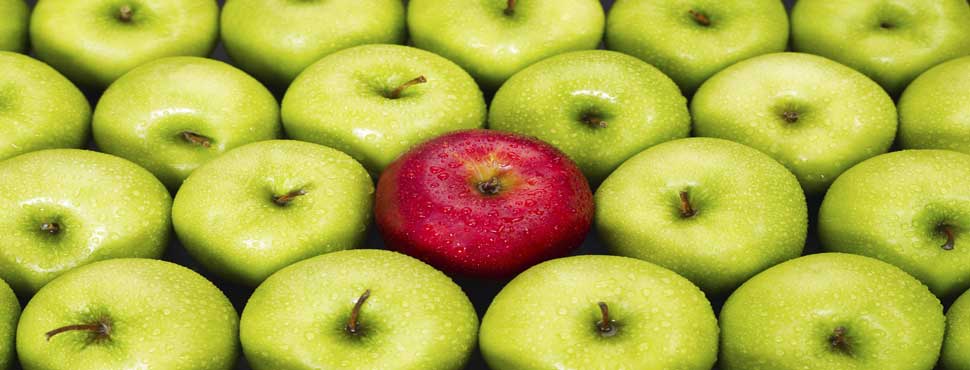In the new age of content, jargon is plentiful. The advertising industry is rife with numerous intricacies and a befuddling number of buzzwords and acronyms that we are all trying to get our heads around. Do we really need another one?
Whether you like it or not, native advertising is the phrase on everyone’s lips in digital circles right now, but as an industry do we really understand it in all its forms? The simple answer: No.
The degree of hype around native is masking the fact that there is still no singular definition for it. Our recent survey of 150 advertising and media professionals from across the UK brought this to light. While the bulk of the industry is “all for” native advertising as a format, there is still a considerable lack of clarity around what the term actually stands for.
Although 88% of media industry execs felt that native is something that “should be on every brand’s digital media plan by 2020”, there is still a strong disconnect around what the term actually means. Only 28% felt they were “knowledgeable” about what it actually is versus the 57% who could just about write a definition on a napkin.
This was further highlighted by the disparity between what respondents actually believed native to be, with 42% of respondents stating “advertorials” and 40% opting for “in-content ad formats”. I was surprised that just 26% thought native included branded content.
If more proof was needed, 52% of respondents stated that a lack of definition was the biggest obstacle to the growth of native advertising. Relevance (34%), lack of metrics (33%) and reluctant clients (30%) were also cited.
While on the one hand anything with the word ‘native’ in its name must mean that a degree of effort is being made to ensure that the reader experience is a more fluid and intuitive one, unless the nomenclature is clear and common across all users, measuring what works against what doesn’t becomes a huge challenge.
As the market bifurcates ever more starkly between standard brand advertising and integrated content marketing, there has never been a more important time either to take a stand and clearly commit the ‘native’ tag to one type of activity over another or to simply lose the tag altogether.
In digital, we now have the technologies to integrate advertising messages into content in so many exciting and innovative ways that native advertising – or whatever you determine it to be – should never feel like an add-on. There are untold ways that brands can go about doing this and it’s bringing about an exciting new era in digital advertising.
Carla Faria, director of Solutions, Say Media

Originally posted The Wall 23 March 2015

